10. Have a Personalised Pricing Structure to Account for Destination Wedding Photography Costs
Your destination wedding photography will have a different pricing structure, services, and costs each time. This is because you will have to factor in that they will be paying for your travel fees, accommodations, and transportation to and from the wedding. Your clients will want a more personalized wedding collection than what you offer your local clients. Another point is that they could very well hire someone who is local to the destination where they plan to get married. This can sometimes mean a cheaper rate. However, because they love your work, they want to hire and take you with them! As much as this is an honor because destination weddings are unique, you may have to negotiate a custom collection for them. This could mean including costs and reducing your prices, for example. Make sure to get all of the details of the destination wedding so that you can create a collection that best suits their needs. For example, if they want you to photograph the rehearsal dinner, wedding day event, and perhaps a day after session, then it would be best if they paid for your accommodations at the same location as the event. This can mean that you might get to stay at the same resort as they do. Which is both convenient but also can mean more work since you’re at arm’s length. Negotiating what would work best so that you can do your best work for them will always win out. Don’t fuss over numbers and try to charge the couple much more than they could pay someone else local. Depending on your price point, you can add on the costs and add value. For example, adding the cost of the flights to an existing collection but adding a couple of more hours of coverage. This does not mean that you have to take a loss. Make sure that your numbers add up so that you aren’t losing money. Destination weddings can seem like an exciting “free ticket” to travel to a location on your bucket list. But it is still work and you have to do your best to deliver the best.
9. Have All the Paperwork in Order to Avoid Hassle
Destination weddings can mean more meticulous preparation than local weddings. This is because it may be a new location that you’ve never photographed in. You might have to apply for a tourist visa. And you’ll most likely need to exchange money in time. Not to mention changing your business insurance policy to cover you as you travel for the event. Make sure to also have your contract as detailed as possible. It is a good rule of thumb to have a questionnaire. Send this to your clients so that you can get a little more insight on their wedding event. When you send wedding photography contracts and any other important paperwork to your clients, make sure to call them. Use a video conferencing platform like Skype or Facebook to talk through all the important points. This way, everyone is on the same page and you’ll be able to dive into any questions they may have for you as well. When booking destination weddings, you will have to structure the payments in a way that best suits your business model and your clients. One way is to factor in the cost of the collection along with the estimates of the cost of travel. You can have your client on a payment schedule that works for them. Another option is to have them pay the retainer and remaining payments for the collection first. As the costs of travel come up, they then pay them separately. Talk with your clients, find out the best solution for all. Never book a destination wedding without having it absolutely clear what is included in the collection. Make sure to receive a retainer booking fee and have written documentation on the payment schedule. And always be clear about your terms and conditions. Especially since you might have to modify them for each particular wedding. Contact your insurance company well in advance. This way, you can make sure that your gear is covered as you travel to the destination wedding. You wouldn’t want to have anything break only to come back and be surprised it isn’t covered. Hopefully, you won’t encounter any problems, but you will want to know what is covered just in case. Being prepared is worth gold, especially when you’re traveling to a different country. Apply for tourist visas with enough time if you need to. Make sure to research the location where you’ll be entering and leaving from. You wouldn’t want to get delayed or have to cancel because you didn’t prepare ahead of time. Some locations ask that you pay for the visa upon departure. Do your research so that you know well ahead of time what you need to do! You’ve booked the event and are excited to be going to a different country. Congratulations! Now, the real planning process begins. In speaking with your clients, you can figure out what works best for all involved.
8. When to Arrive and Where to Stay
No matter where you are traveling, arriving at least two to three days in advance is ideal. If it’s farther away or a new country that you’ve never been to, you may need additional days. Unfortunately, travel plans can get delayed at airports, customs, and entry points. You can also get delayed renting a car and driving in a new country. Arriving at least two days before the event ensures that you arrive without stress. And you’ll have time to work out any situations that may delay your arrival. If they are getting married at an all-inclusive resort, it is best to stay at the same hotel at least the night before the event. You can check out the next day. Some couples might opt to have a day after session and so you might end up staying a couple of days after. Some couples choose to have their wedding at a particular wedding venue. If this is the case, book a hotel or AirBnB that is closest to the event. This will ensure that you are not late to your start time and are close enough to not get lost either. The couple might have a travel coordinator or planner that is making all of the arrangements for the hotel or where to stay for the night. Make sure to speak with them. They can help you find the best possible location close to the event. If you prefer to handle all of the hotel arrangements yourself, make sure that you let the couple know in advance. In some locations it may be best to stay in an AirBnB. For others, a hotel nearby might be best.
7. Why You Should Never Check In Your Gear
Your gear is expensive and depending on the distance, you might have to bring more than you are accustomed to hauling. Get a gear bag that will house your camera, lenses, and flashes that you can wear as your carry on. You don’t want to check your main gear just in case luggage gets lost, which happens more often than not. Keep your gear close to you and never take your eyes off of it. Make sure that your batteries, chargers, cables, and any small gear are is also in your bag. There are many different camera luggage options out there. These safely transport your gear no matter where you are traveling to. When it comes to baggage claim, it’s up to you whether you will need to check in your luggage or simply use another carry-on for your clothes and additional gear. If you will be checking in your luggage make sure to buy this ahead of time. It can save you money rather than paying at the check-in counter. The most important thing is to keep your gear close just in case of anything. You wouldn’t want to check in your camera and find it shattered because the baggage claim employees weren’t careful with your luggage.
6. When Should You Leave
When you photograph destination weddings, it’s best to leave the next day to two full days after the event. This gives you time to rest and enjoy before making the travel back home. If you are backing up the images on a laptop or hard drive, make sure to do this during this downtime. You can also use the time to create a sneak preview for the couple before you depart. This will get them more excited to see the rest of the images as well! If you are staying an extra few days to photograph the couple again, you can take advantage of the downtime and explore the surrounding areas. Always keep your clients your top priority and schedule the outings ahead of time. When you do leave, carry the memory cards with you at all times. Put them in your pocket, purse, or on your person. Keeping the memory cards with the images is another way to make sure they arrive home with you. If your bags are lost or stolen, you will still have a way to finish and deliver the most important wedding images to your clients.
- Arrive Early on Event Day to Scout the Location
Destination wedding photography can be a little bit tricky. It is more than likely that you haven’t been to the location before. If the wedding is outside of a hotel or resort, it can be even more complicated. Always arrive at the location at least one to two hours before your start time and scout locations. Be mindful of the season you visit the location. For example, Puerto Vallarta, Mexico during the summer months tends to be rainy and really humid. Or, winter in Canada will be snowy and cold. Make sure to know the weather conditions. This will help you better prep your gear and your locations for photos. For family portraits, try and look for locations that offer the best light and space. Destination weddings don’t tend to be large. But you will most likely photograph every guest that does attend. If you can include a bit of the landscape, like the beach or cliffs or something iconic of the location, do so. Prepare for the wedding day with an itinerary that you’ve worked on with your clients and the coordinator. This will keep everyone on the same timeline and aware of what will happen next in terms of photographs. Be flexible and stick with the couple. Make sure to remind them of the schedule but also allow for all of the natural moments and emotions to unfold.
4. Get Business Cards and Info on Vendors
The best way to get more referrals is to get them directly from the venue, coordinator, florist, and other vendors that are local but also work destination weddings often. Get their business cards and also pass out your own. Be friendly, professional, and let them know that you will send them a link when the photos are ready. That way they can use photos for their own business. You can also curate a gallery for them or send them images via email. Either way, the idea is that you leave them with the impression that you would love to work at another wedding at this location again. Having contacts in a specific destination will also help you to gain more trust with potential destination wedding photography clients. They will be able to turn to you for vendor referrals and tips.
3. Set Up Your Website to Highlight the Destination Weddings
After you’ve photographed your first destination wedding, it’s really helpful to post the photographs on your website. Choose the images that best fit your brand and what clientele you are targeting. Then put them right into the home page. Writing a wedding blog post with the destination in the headline and throughout the post will also help drive traffic to your site. Post on social media and use hashtags with the destination and other tags that are relevant to destination weddings. This can also drive more interest. If you use email newsletters, send an exclusive email highlighting your first destination wedding and that you are looking to book more. This will create more interest and with the right marketing strategy, you’ll get more clients. Destination weddings can be photographed all over the world. Posting a blog post or sharing onto social media that you are looking to book weddings in certain locations will also help clients find you. Sometimes, clients don’t know or aren’t aware that it isn’t too far out of their budget to book you and fly you to their wedding. Posting and informing potential clients will open the doors to more destination weddings. You can also run ads on social media if that has worked for you in the past. Set the demographic to the location where you want to photograph so that they see your ad and inquire more about your services. All of this will help drive more people to you who perhaps weren’t aware that you travel for weddings.
2. Contact Destination Coordinators, Planners, and Venues to Get More Clients
Contacting vendors that are in the area where you want to photograph destination weddings can also help you drive more clients to you. These vendors usually have a vendor list that they send to their clients. When you contact them, ask them if they would be willing to put you on their vendor lists. Tell them that you’ve worked in that destination area before. This means that you have experience with this type of wedding. Create a pdf or information kit with an about me, some samples of photos taken in that destination, and your pricing. This information kit can then be passed on to potential clients. Some vendors may ask if you offer commissions. This is up to you whether you are willing to or not. Offering a commission can also help get you in the door to more destination weddings when you’re first getting started. Once you’ve built a relationship with the vendors, you can keep sharing photos and begin cross-referring so that they too benefit from the relationship.
1. Ask Your Clients for Reviews
Getting reviews from your clients is paramount to attracting clients. When potential clients see that other, real brides are raving about you and your work, they will be more inclined to know more. After you photograph a wedding, send a quick email asking them for a review. You can also wait until you deliver the images so that they can also comment on your work and not just your professionalism. You can do this on several platforms that drive traffic to your site like The Knot, Wedding Wire, Carats and Cake, etc. These sites drive lots of traffic to many photographers. The ones with more quality reviews tend to do better. Share the reviews on your social media or in your email newsletters. This can also keep current clients referring you to their friends and family who are also planning their destination wedding.
Conclusion
Destination wedding photography is fun and exciting yet can also be a lot of work in terms of planning and paperwork. But if you love to travel and see new places, destination weddings can be just the perfect niche market for you. With these tips, you will be prepared to embark on your first destination wedding and continue growing your client list. Do you photograph destination weddings? If so, share with us some of your own tips!
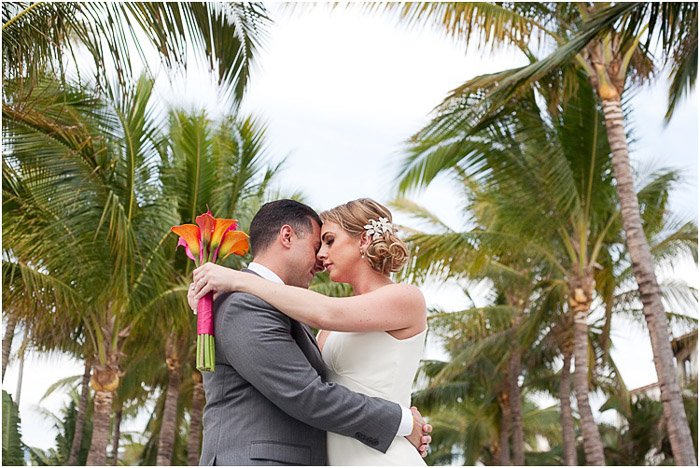


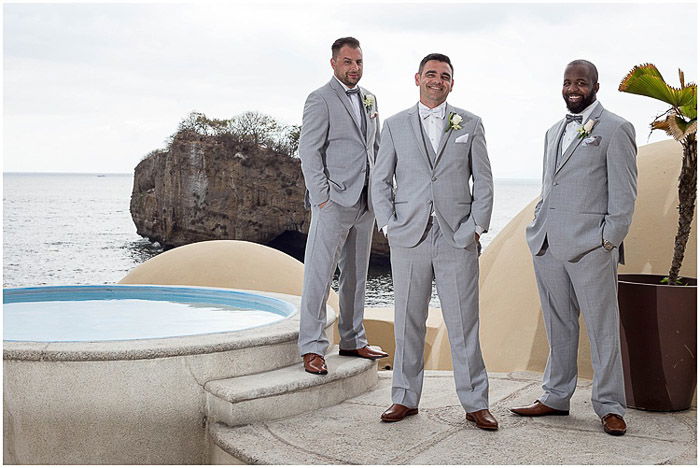




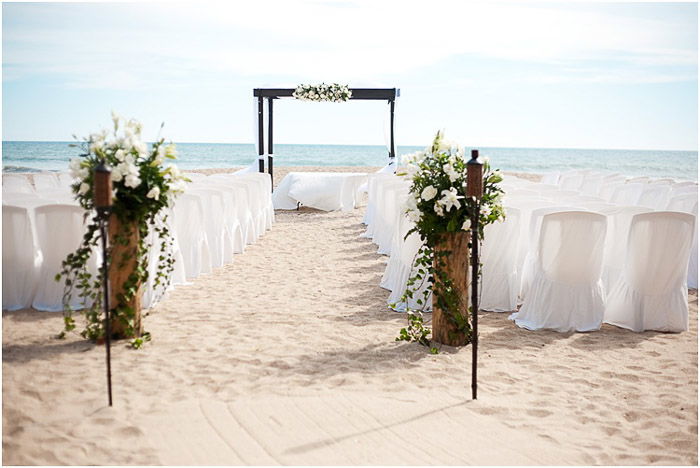
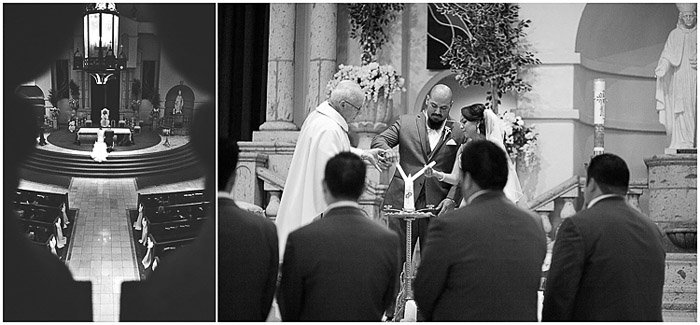
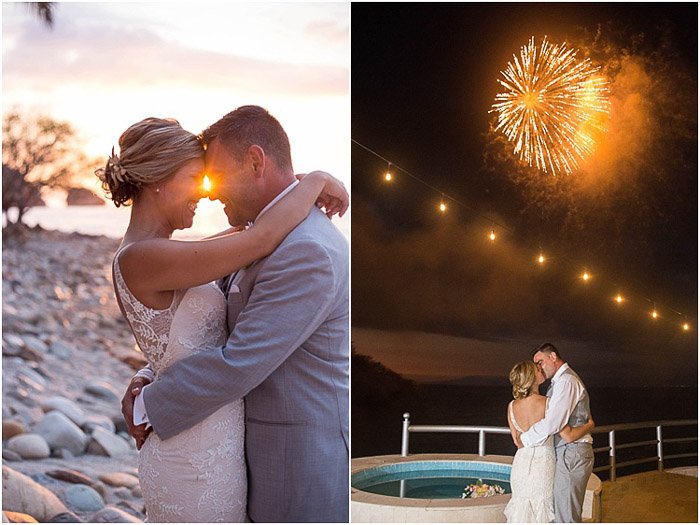
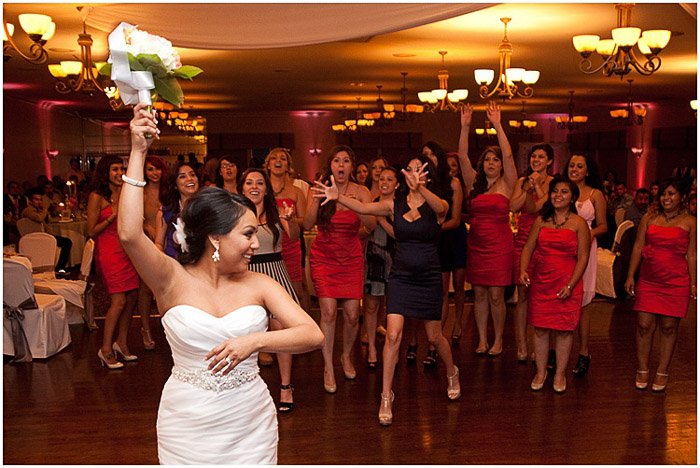
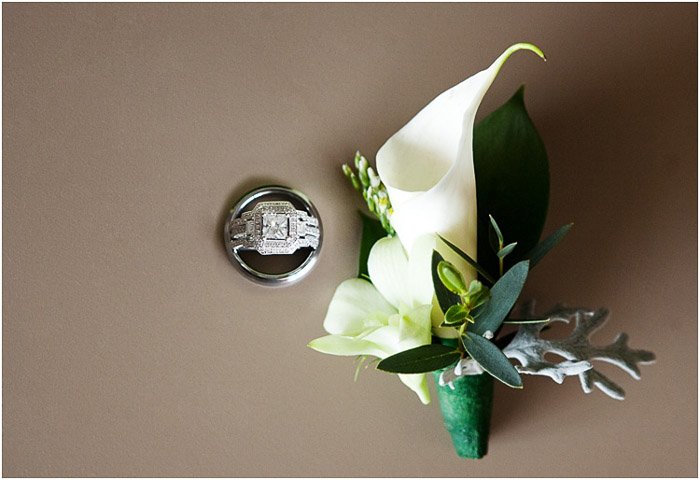
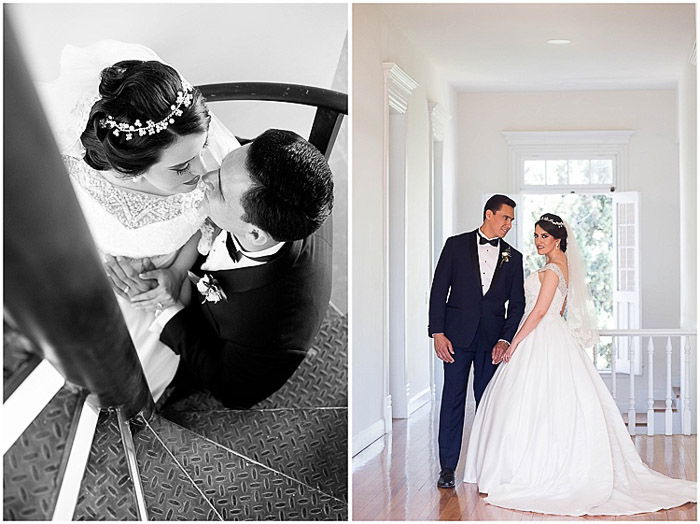
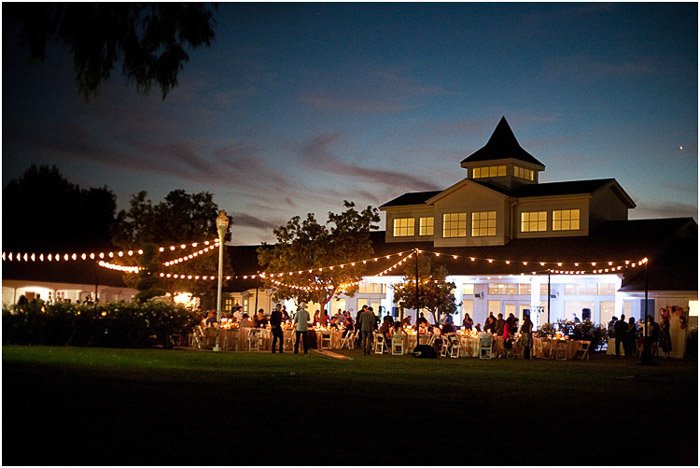
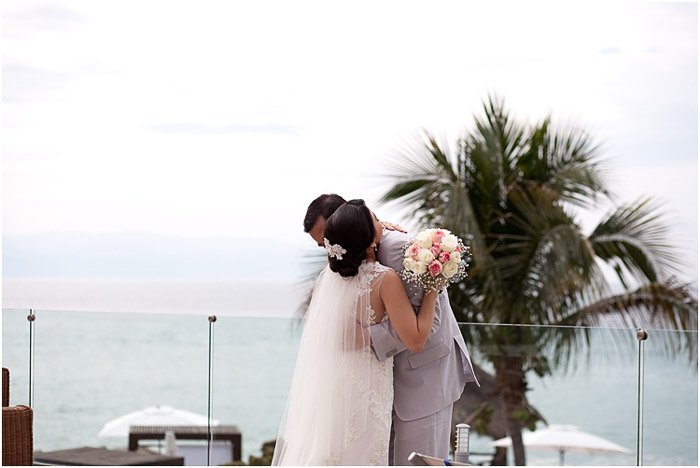



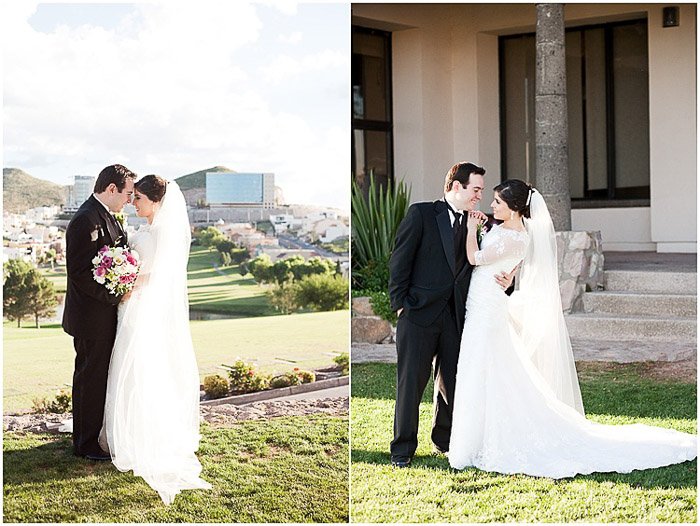
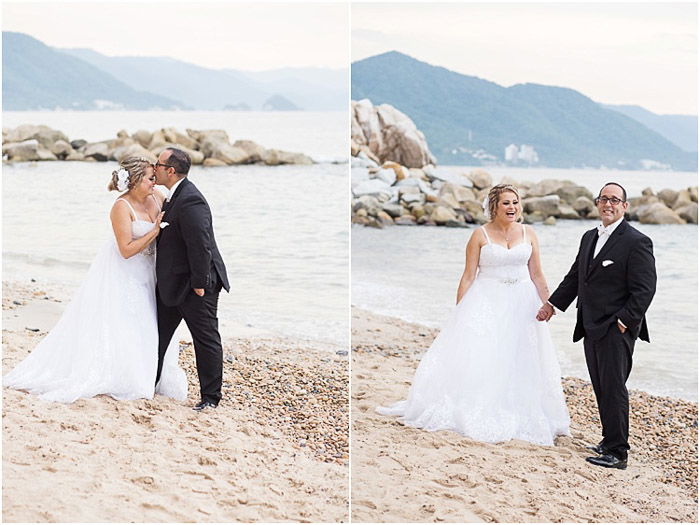
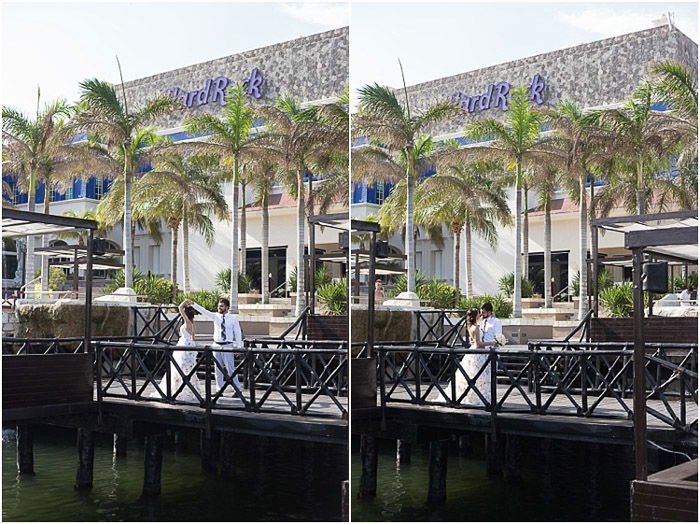


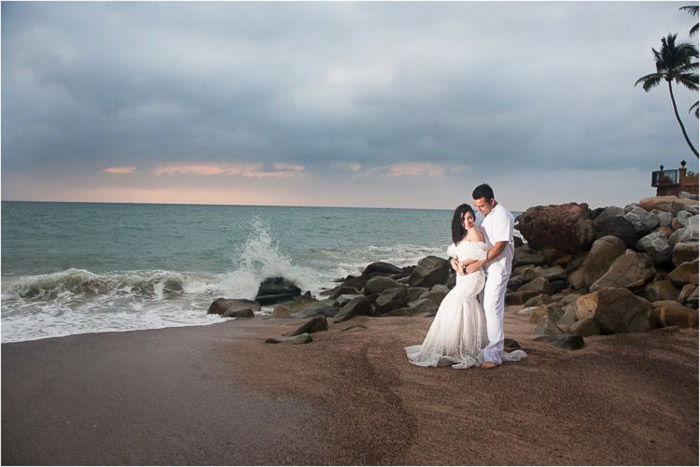
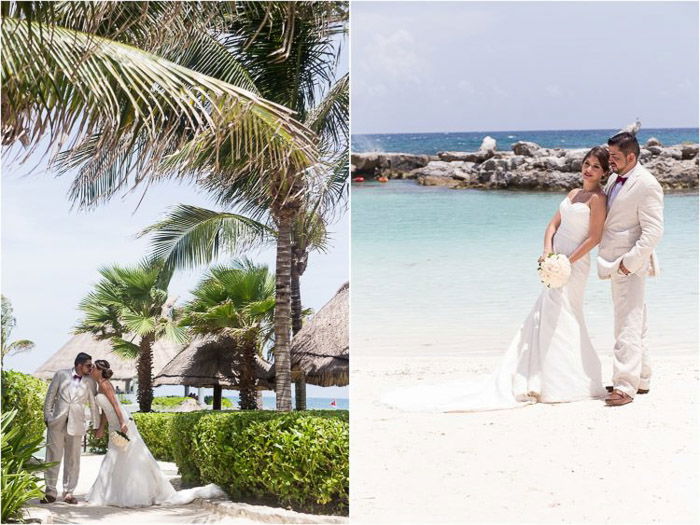
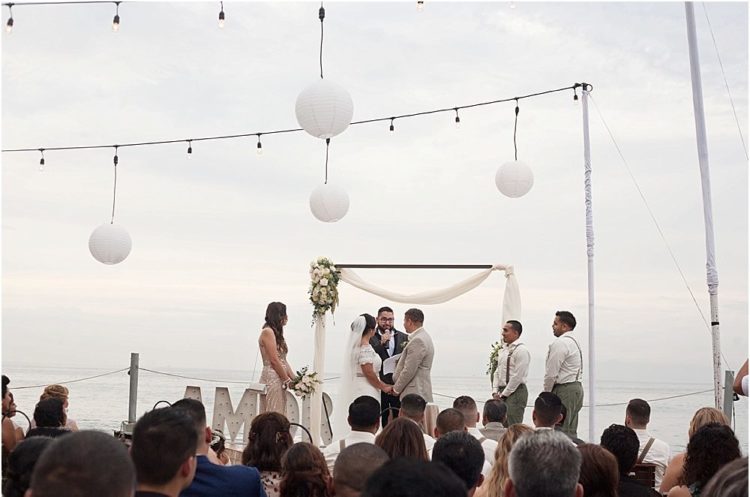
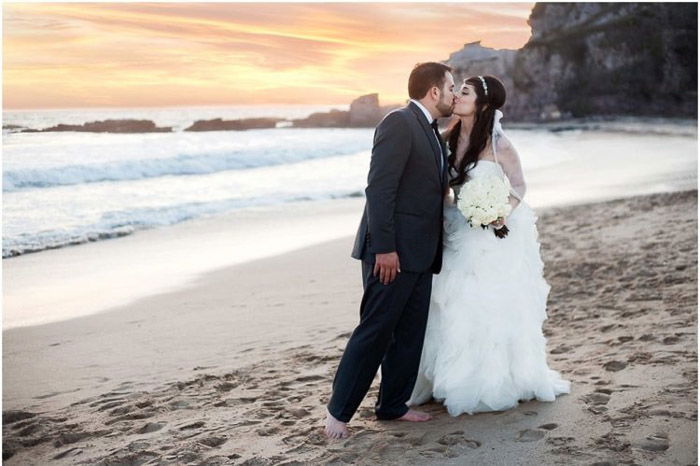
title: “Destination Wedding Photography 10 Tips For A Great Event " ShowToc: true date: “2023-02-01” author: “Beulah Modi”
10. Have a Personalised Pricing Structure to Account for Destination Wedding Photography Costs
Your destination wedding photography will have a different pricing structure, services, and costs each time. This is because you will have to factor in that they will be paying for your travel fees, accommodations, and transportation to and from the wedding. Your clients will want a more personalized wedding collection than what you offer your local clients. Another point is that they could very well hire someone who is local to the destination where they plan to get married. This can sometimes mean a cheaper rate. However, because they love your work, they want to hire and take you with them! As much as this is an honor because destination weddings are unique, you may have to negotiate a custom collection for them. This could mean including costs and reducing your prices, for example. Make sure to get all of the details of the destination wedding so that you can create a collection that best suits their needs. For example, if they want you to photograph the rehearsal dinner, wedding day event, and perhaps a day after session, then it would be best if they paid for your accommodations at the same location as the event. This can mean that you might get to stay at the same resort as they do. Which is both convenient but also can mean more work since you’re at arm’s length. Negotiating what would work best so that you can do your best work for them will always win out. Don’t fuss over numbers and try to charge the couple much more than they could pay someone else local. Depending on your price point, you can add on the costs and add value. For example, adding the cost of the flights to an existing collection but adding a couple of more hours of coverage. This does not mean that you have to take a loss. Make sure that your numbers add up so that you aren’t losing money. Destination weddings can seem like an exciting “free ticket” to travel to a location on your bucket list. But it is still work and you have to do your best to deliver the best.
9. Have All the Paperwork in Order to Avoid Hassle
Destination weddings can mean more meticulous preparation than local weddings. This is because it may be a new location that you’ve never photographed in. You might have to apply for a tourist visa. And you’ll most likely need to exchange money in time. Not to mention changing your business insurance policy to cover you as you travel for the event. Make sure to also have your contract as detailed as possible. It is a good rule of thumb to have a questionnaire. Send this to your clients so that you can get a little more insight on their wedding event. When you send wedding photography contracts and any other important paperwork to your clients, make sure to call them. Use a video conferencing platform like Skype or Facebook to talk through all the important points. This way, everyone is on the same page and you’ll be able to dive into any questions they may have for you as well. When booking destination weddings, you will have to structure the payments in a way that best suits your business model and your clients. One way is to factor in the cost of the collection along with the estimates of the cost of travel. You can have your client on a payment schedule that works for them. Another option is to have them pay the retainer and remaining payments for the collection first. As the costs of travel come up, they then pay them separately. Talk with your clients, find out the best solution for all. Never book a destination wedding without having it absolutely clear what is included in the collection. Make sure to receive a retainer booking fee and have written documentation on the payment schedule. And always be clear about your terms and conditions. Especially since you might have to modify them for each particular wedding. Contact your insurance company well in advance. This way, you can make sure that your gear is covered as you travel to the destination wedding. You wouldn’t want to have anything break only to come back and be surprised it isn’t covered. Hopefully, you won’t encounter any problems, but you will want to know what is covered just in case. Being prepared is worth gold, especially when you’re traveling to a different country. Apply for tourist visas with enough time if you need to. Make sure to research the location where you’ll be entering and leaving from. You wouldn’t want to get delayed or have to cancel because you didn’t prepare ahead of time. Some locations ask that you pay for the visa upon departure. Do your research so that you know well ahead of time what you need to do! You’ve booked the event and are excited to be going to a different country. Congratulations! Now, the real planning process begins. In speaking with your clients, you can figure out what works best for all involved.
8. When to Arrive and Where to Stay
No matter where you are traveling, arriving at least two to three days in advance is ideal. If it’s farther away or a new country that you’ve never been to, you may need additional days. Unfortunately, travel plans can get delayed at airports, customs, and entry points. You can also get delayed renting a car and driving in a new country. Arriving at least two days before the event ensures that you arrive without stress. And you’ll have time to work out any situations that may delay your arrival. If they are getting married at an all-inclusive resort, it is best to stay at the same hotel at least the night before the event. You can check out the next day. Some couples might opt to have a day after session and so you might end up staying a couple of days after. Some couples choose to have their wedding at a particular wedding venue. If this is the case, book a hotel or AirBnB that is closest to the event. This will ensure that you are not late to your start time and are close enough to not get lost either. The couple might have a travel coordinator or planner that is making all of the arrangements for the hotel or where to stay for the night. Make sure to speak with them. They can help you find the best possible location close to the event. If you prefer to handle all of the hotel arrangements yourself, make sure that you let the couple know in advance. In some locations it may be best to stay in an AirBnB. For others, a hotel nearby might be best.
7. Why You Should Never Check In Your Gear
Your gear is expensive and depending on the distance, you might have to bring more than you are accustomed to hauling. Get a gear bag that will house your camera, lenses, and flashes that you can wear as your carry on. You don’t want to check your main gear just in case luggage gets lost, which happens more often than not. Keep your gear close to you and never take your eyes off of it. Make sure that your batteries, chargers, cables, and any small gear are is also in your bag. There are many different camera luggage options out there. These safely transport your gear no matter where you are traveling to. When it comes to baggage claim, it’s up to you whether you will need to check in your luggage or simply use another carry-on for your clothes and additional gear. If you will be checking in your luggage make sure to buy this ahead of time. It can save you money rather than paying at the check-in counter. The most important thing is to keep your gear close just in case of anything. You wouldn’t want to check in your camera and find it shattered because the baggage claim employees weren’t careful with your luggage.
6. When Should You Leave
When you photograph destination weddings, it’s best to leave the next day to two full days after the event. This gives you time to rest and enjoy before making the travel back home. If you are backing up the images on a laptop or hard drive, make sure to do this during this downtime. You can also use the time to create a sneak preview for the couple before you depart. This will get them more excited to see the rest of the images as well! If you are staying an extra few days to photograph the couple again, you can take advantage of the downtime and explore the surrounding areas. Always keep your clients your top priority and schedule the outings ahead of time. When you do leave, carry the memory cards with you at all times. Put them in your pocket, purse, or on your person. Keeping the memory cards with the images is another way to make sure they arrive home with you. If your bags are lost or stolen, you will still have a way to finish and deliver the most important wedding images to your clients.
- Arrive Early on Event Day to Scout the Location
Destination wedding photography can be a little bit tricky. It is more than likely that you haven’t been to the location before. If the wedding is outside of a hotel or resort, it can be even more complicated. Always arrive at the location at least one to two hours before your start time and scout locations. Be mindful of the season you visit the location. For example, Puerto Vallarta, Mexico during the summer months tends to be rainy and really humid. Or, winter in Canada will be snowy and cold. Make sure to know the weather conditions. This will help you better prep your gear and your locations for photos. For family portraits, try and look for locations that offer the best light and space. Destination weddings don’t tend to be large. But you will most likely photograph every guest that does attend. If you can include a bit of the landscape, like the beach or cliffs or something iconic of the location, do so. Prepare for the wedding day with an itinerary that you’ve worked on with your clients and the coordinator. This will keep everyone on the same timeline and aware of what will happen next in terms of photographs. Be flexible and stick with the couple. Make sure to remind them of the schedule but also allow for all of the natural moments and emotions to unfold.
4. Get Business Cards and Info on Vendors
The best way to get more referrals is to get them directly from the venue, coordinator, florist, and other vendors that are local but also work destination weddings often. Get their business cards and also pass out your own. Be friendly, professional, and let them know that you will send them a link when the photos are ready. That way they can use photos for their own business. You can also curate a gallery for them or send them images via email. Either way, the idea is that you leave them with the impression that you would love to work at another wedding at this location again. Having contacts in a specific destination will also help you to gain more trust with potential destination wedding photography clients. They will be able to turn to you for vendor referrals and tips.
3. Set Up Your Website to Highlight the Destination Weddings
After you’ve photographed your first destination wedding, it’s really helpful to post the photographs on your website. Choose the images that best fit your brand and what clientele you are targeting. Then put them right into the home page. Writing a wedding blog post with the destination in the headline and throughout the post will also help drive traffic to your site. Post on social media and use hashtags with the destination and other tags that are relevant to destination weddings. This can also drive more interest. If you use email newsletters, send an exclusive email highlighting your first destination wedding and that you are looking to book more. This will create more interest and with the right marketing strategy, you’ll get more clients. Destination weddings can be photographed all over the world. Posting a blog post or sharing onto social media that you are looking to book weddings in certain locations will also help clients find you. Sometimes, clients don’t know or aren’t aware that it isn’t too far out of their budget to book you and fly you to their wedding. Posting and informing potential clients will open the doors to more destination weddings. You can also run ads on social media if that has worked for you in the past. Set the demographic to the location where you want to photograph so that they see your ad and inquire more about your services. All of this will help drive more people to you who perhaps weren’t aware that you travel for weddings.
2. Contact Destination Coordinators, Planners, and Venues to Get More Clients
Contacting vendors that are in the area where you want to photograph destination weddings can also help you drive more clients to you. These vendors usually have a vendor list that they send to their clients. When you contact them, ask them if they would be willing to put you on their vendor lists. Tell them that you’ve worked in that destination area before. This means that you have experience with this type of wedding. Create a pdf or information kit with an about me, some samples of photos taken in that destination, and your pricing. This information kit can then be passed on to potential clients. Some vendors may ask if you offer commissions. This is up to you whether you are willing to or not. Offering a commission can also help get you in the door to more destination weddings when you’re first getting started. Once you’ve built a relationship with the vendors, you can keep sharing photos and begin cross-referring so that they too benefit from the relationship.
1. Ask Your Clients for Reviews
Getting reviews from your clients is paramount to attracting clients. When potential clients see that other, real brides are raving about you and your work, they will be more inclined to know more. After you photograph a wedding, send a quick email asking them for a review. You can also wait until you deliver the images so that they can also comment on your work and not just your professionalism. You can do this on several platforms that drive traffic to your site like The Knot, Wedding Wire, Carats and Cake, etc. These sites drive lots of traffic to many photographers. The ones with more quality reviews tend to do better. Share the reviews on your social media or in your email newsletters. This can also keep current clients referring you to their friends and family who are also planning their destination wedding.
Conclusion
Destination wedding photography is fun and exciting yet can also be a lot of work in terms of planning and paperwork. But if you love to travel and see new places, destination weddings can be just the perfect niche market for you. With these tips, you will be prepared to embark on your first destination wedding and continue growing your client list. Do you photograph destination weddings? If so, share with us some of your own tips!



























